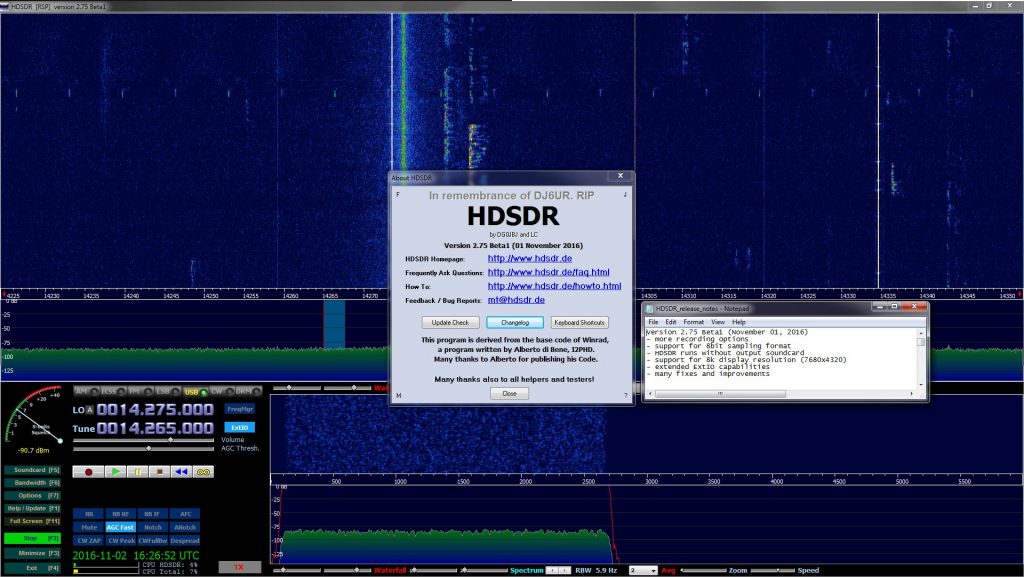Many thanks to SWLing Post contributor, Andy Yoder, who shares the following:
I’m just writing with a reminder about the Global HF Pirate weekend is just starting. This is the revival of an idea from a few years ago: Stations broadcast on high frequencies in an effort to be heard across long distances and in different continents. I’ve heard from a few stations, received a schedule from one, and have heard from a few listeners in countries without many stations. So, I have hope that we’ll all have a good time by the shortwave radios over the next 48 hours or so.
November 5-6, 2016
General frequency ranges:
- 15010-15100 kHz
- 21455-21550 kHz
Basic schedule:
- European morning, 0800-1200 UTC from Europe to Asia/Japan/Oceania.
- European afternoon, 1200-1600 UTC from Europe to North American and vice versa.
- European night, 2200-2400 UTC from North America to Asia/Oceania.
Of course, these are general frequency ranges where pirates have broadcast during prior Global HF Pirate weekends. Some stations will surely operate on frequencies and times outside of these ranges. These will be updated on HF Underground and on the Hobby Broadcasting blog (http://hobbybroadcasting.blogspot.com/) as schedules are received from stations.












